Durst cites global opportunities in textile print
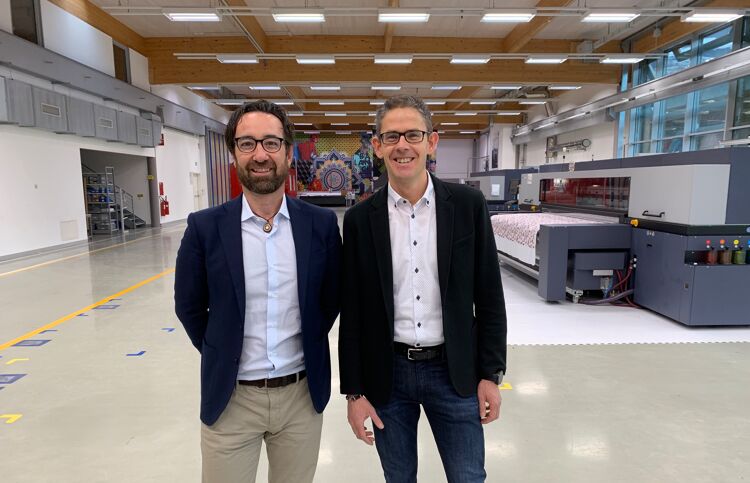
Rob Fletcher speaks to Christian Harder, Global Sales Director for large format printing at Durst on how the business is strengthening their digital print capabilities.
Digital print and production technologies provider Durst has reported a rise in demand for its textile printing solutions in regions around the world and said it expects this trend to continue as interest in the market increases.
In recent months, Durst has signed sales deals with companies in a number of countries, as print service providers worldwide seek to capitalise on a rising demand for printed textile products.
Spoonflower, an online community that runs its own bedding and table home décor business, is one such company, investing in Durst technology to support its operations in North Carolina, US and Berlin, Germany.
The firm purchased two additional Durst Alpha 330 Series 5 with pigment, to support its ongoing adoption of environmentally friendly digital textile print technology. The Alpha 330 Series 5 is the fifth generation of Durst’s Alpha print systems, featuring new software to meet the increased demands of textile digital print and improvements in material handling, efficiency and material diversity.
Christian Harder, global sales director for the large-format printing segment and fabrics at Durst, told FESPA.com that he expects more companies to look at the Alpha 330 Series 5 and other kit from Durst as they strengthen their own digital textile print capabilities.
“The fabrics, soft signage and textile markets support fast turnaround short runs and sustainability using digital technology,” Harder said. “Digital textile printing enables savings in colouring inks and water consumption.
“We are already seeing considerable increased demand for our digital print solutions, and we expect to be making further announcements in the not-to-distant future.”
As to why Harder believes Durst will continue to succeed in what is now a busy marketplace for manufacturers of digital textile printing kit, he picks out some of the key attributes that set Durst’s kit apart from that of its competitors – with a focus on its inkjet technology.
“Durst’s inkjet technology reduces production costs and times, the amount of energy required and the burden on the environment,” Harder said. “Durst water-based inkjet technologies are an economical and ecological evolutionary step and offer greater added value in comparison to traditional production methods and to many existing printing systems.
“Our growing number of customers make savings in colouring inks and water consumption, as well as in production costs and delivery times.
“We have invested considerable amounts in the sector, not only in printers but also in software, service and pre- and post-treatments.”
Harder added: “Overall, there are huge growth opportunities across the world in textile markets, particularly with digital technologies.”
Topics
Interested in joining our community?
Enquire today about joining your local FESPA Association or FESPA Direct
Recent news
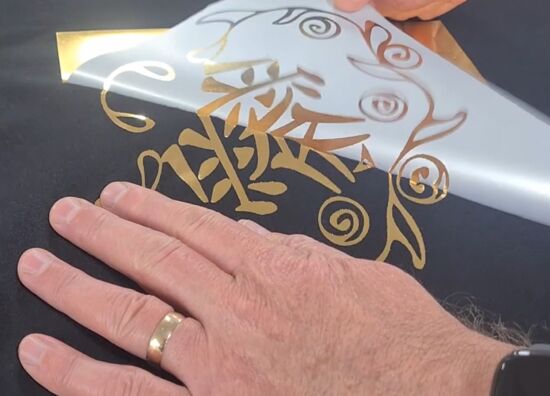
Special Effects in DTF Will Make Your “Prints” More Memorable
The DTF market is expanding with new vendors and innovations like multi-head printers enabling diverse ink options (spot, neon). Decorative films offer streamlined special effects. Keypoint Intelligence tested metallic and glitter films, noting varied ease of use and wash durability. New technology using adhesive and foil directly promises further creative advancements in DTF.
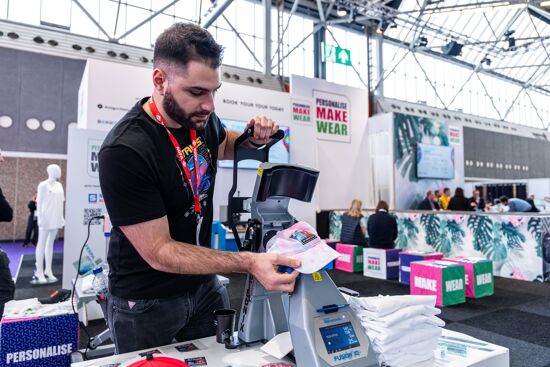
SmartHub – Expectations, opportunities and why you should attend!
The SmartHub at Personalisation Experience 2025 in Berlin will showcase personalisation and smart production opportunities across industries like textiles. Featuring a Smart Factory Trail with brands like Inkcups and Trotec, and a conference with experts discussing AI, mass customisation, and profit strategies, it offers insights into reducing waste and boosting efficiency through digital methods. Panel sessions will explore growth, automation in textiles, and smart manufacturing.
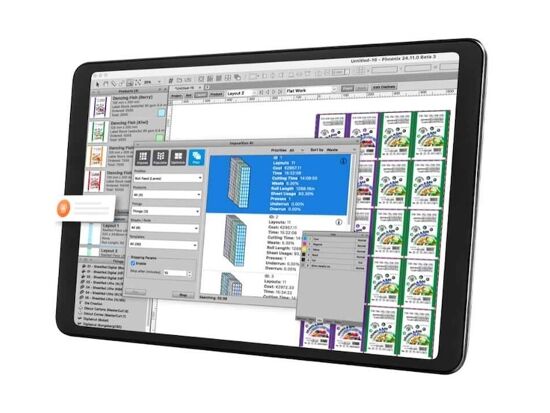
How is AI revolutionising Large Format Print?
Nessan Clearly discusses how AI in print relies on data pattern matching, already enhancing software for large format providers. He predicts that this will result in increased AI integration in workflow planning, job queue management, colour correction, image upscaling, and predictive maintenance via sensors and vision systems, ultimately streamlining operations and offering greater flexibility.
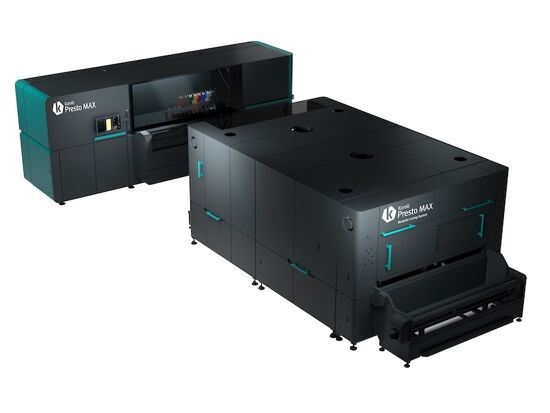
One Ink for All? Exploring Pigment in Textile Printing
Digital textile printing faces complexity due to diverse substrates requiring specific inks. The industry seeks a universal ink, with pigment ink showing potential. While traditionally for natural fibres, advancements aim to broaden its application, simplify processes by reducing pre/post-treatment, and improve sustainability, though challenges like hand feel on garments remain.